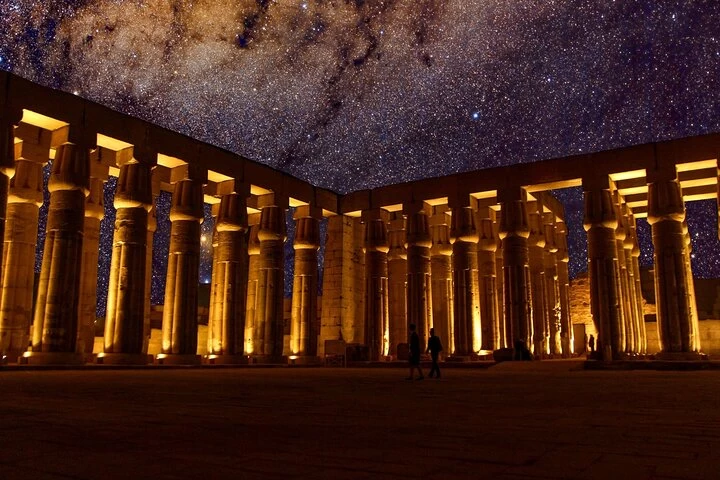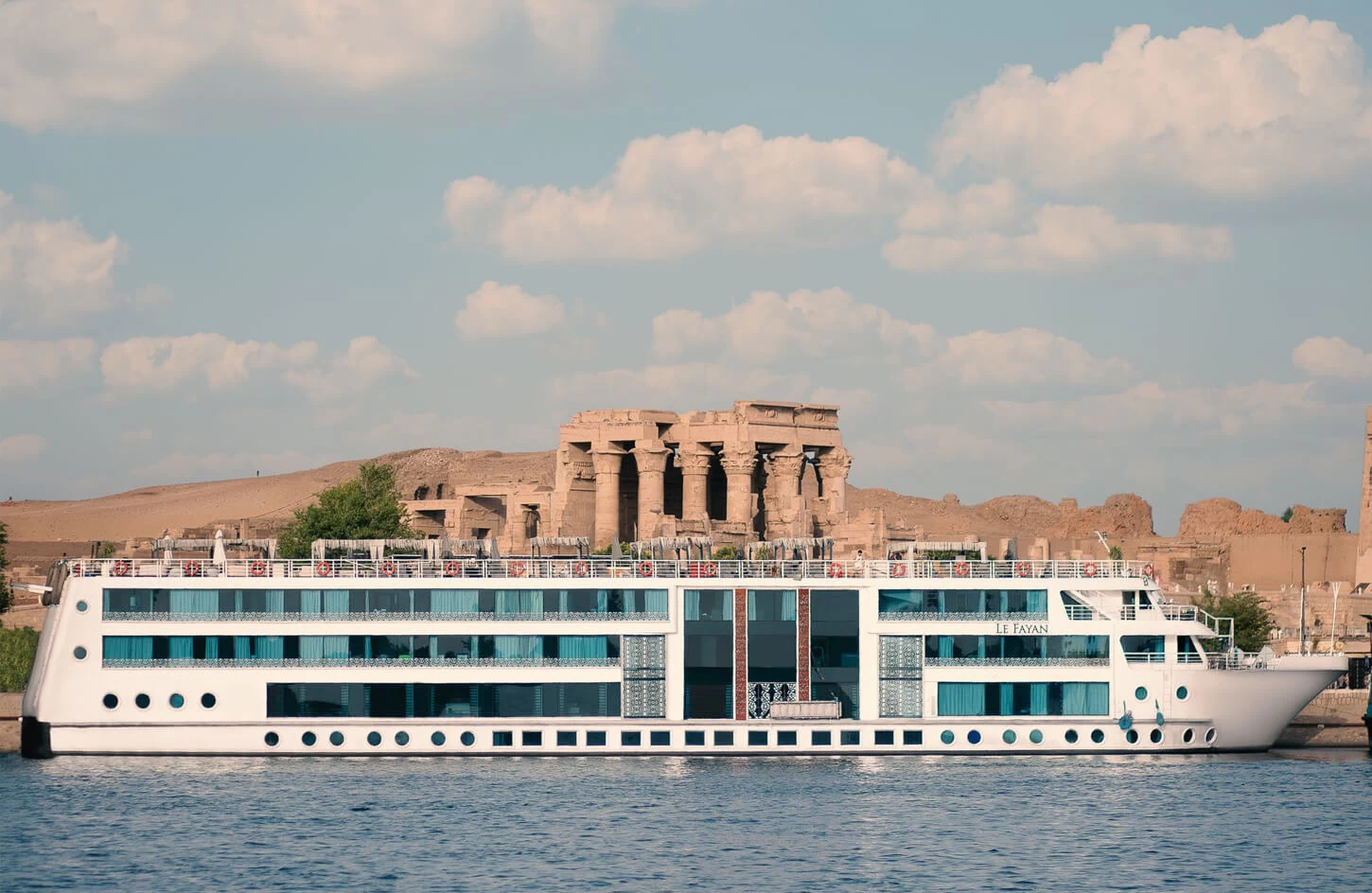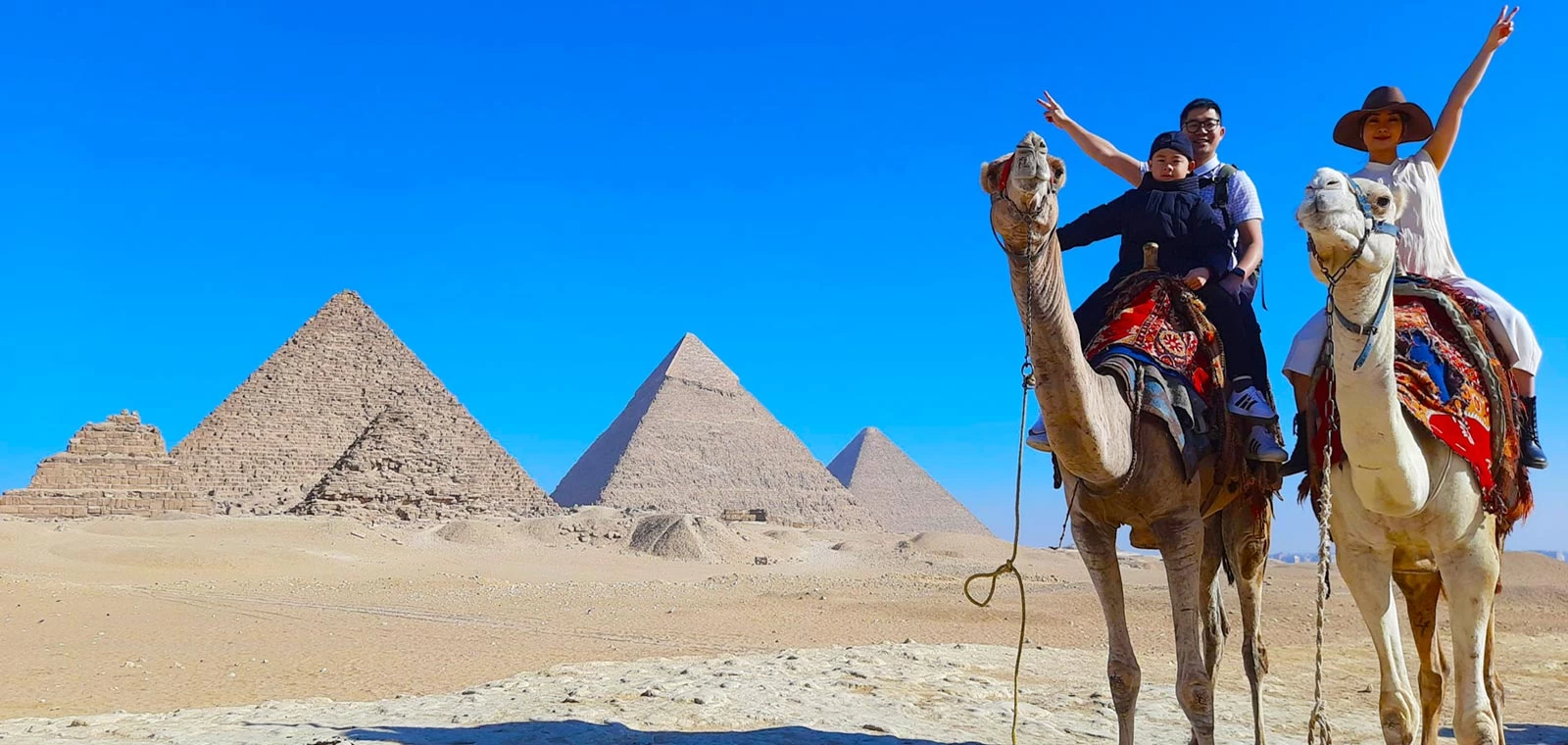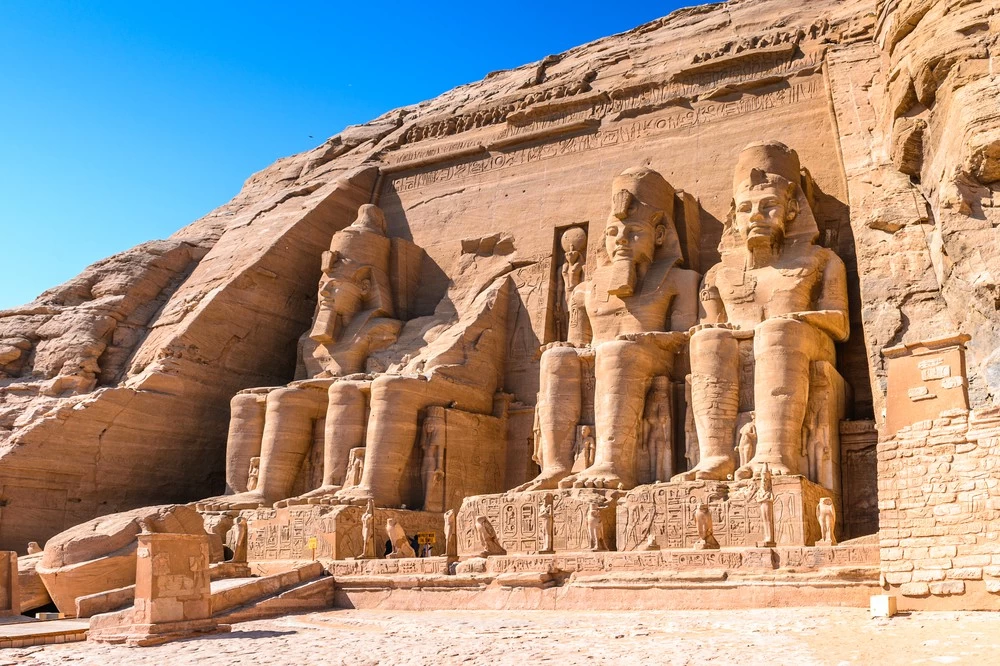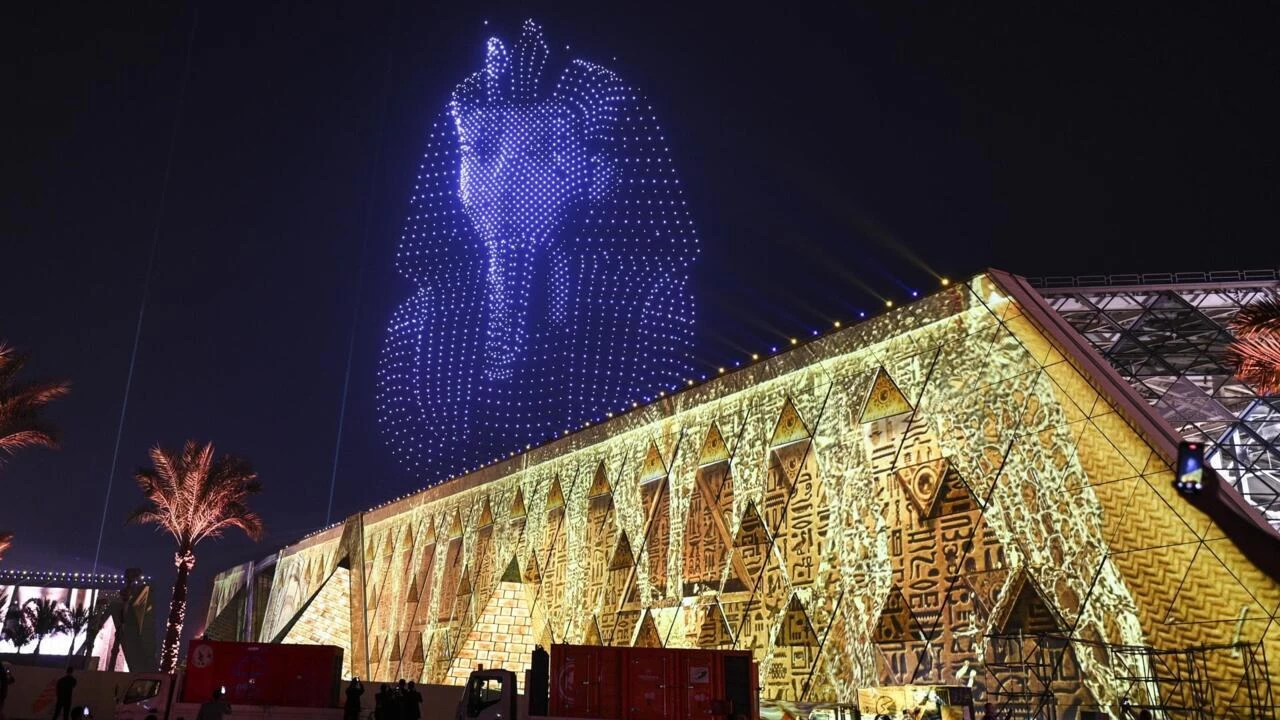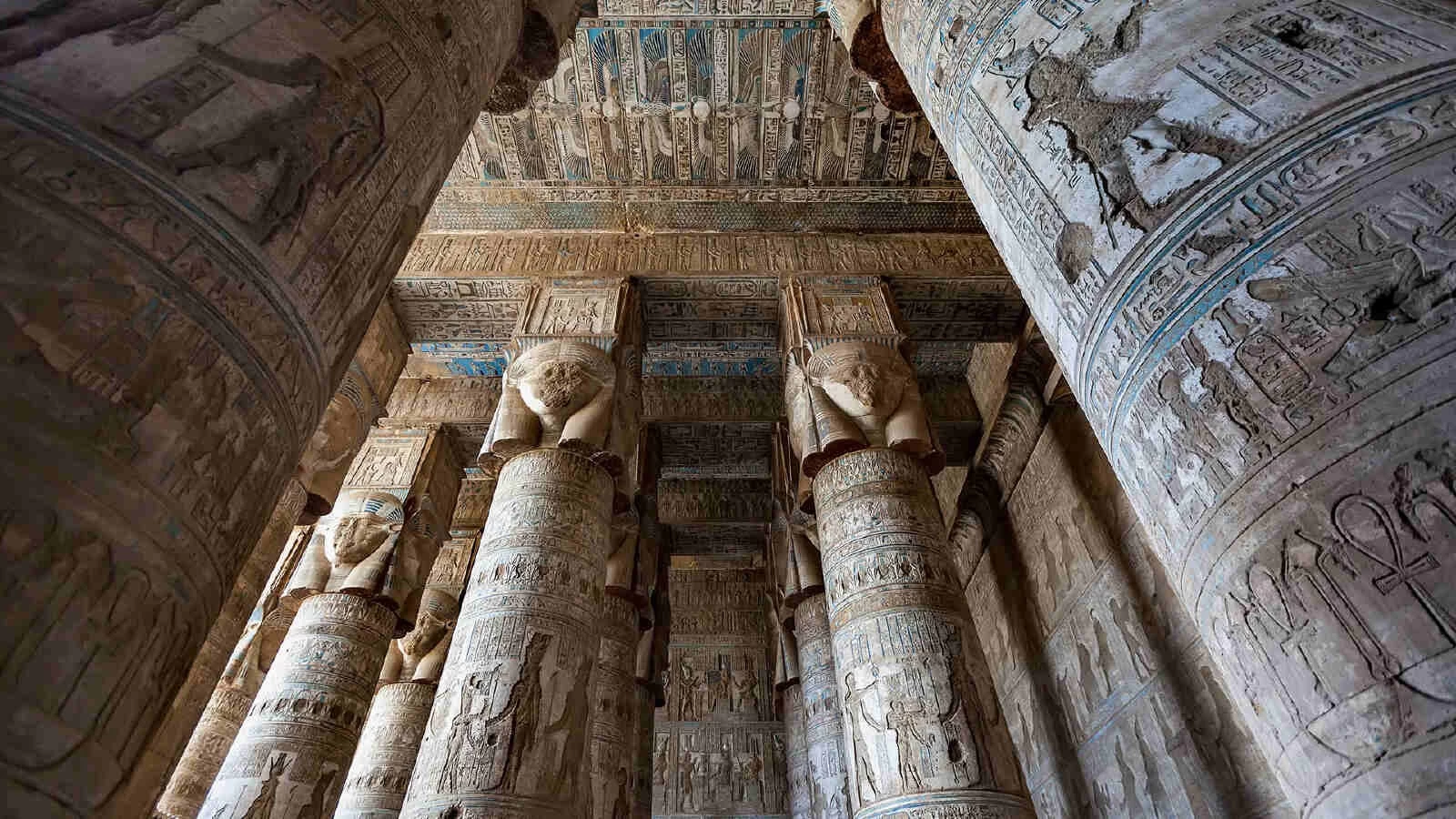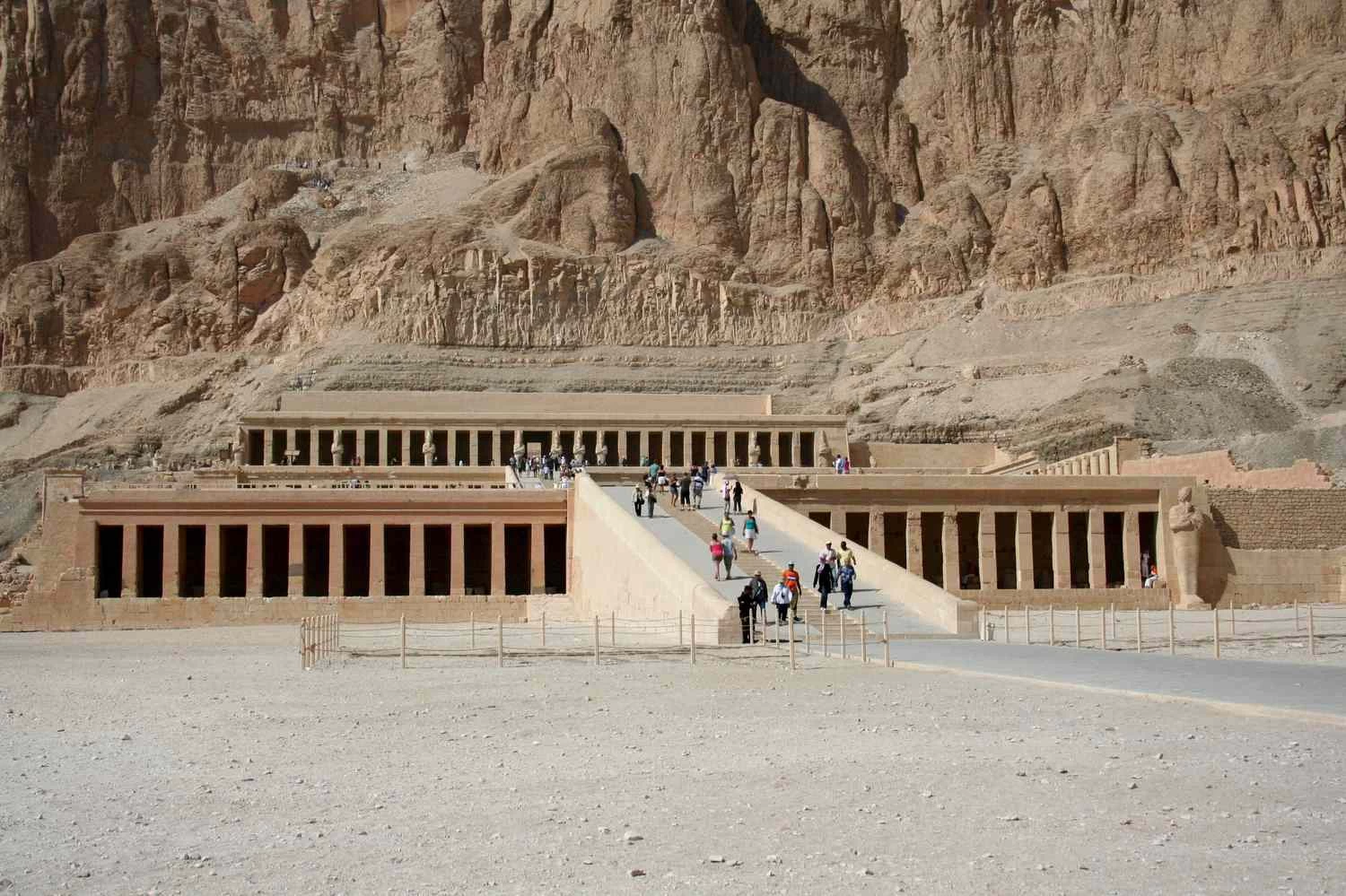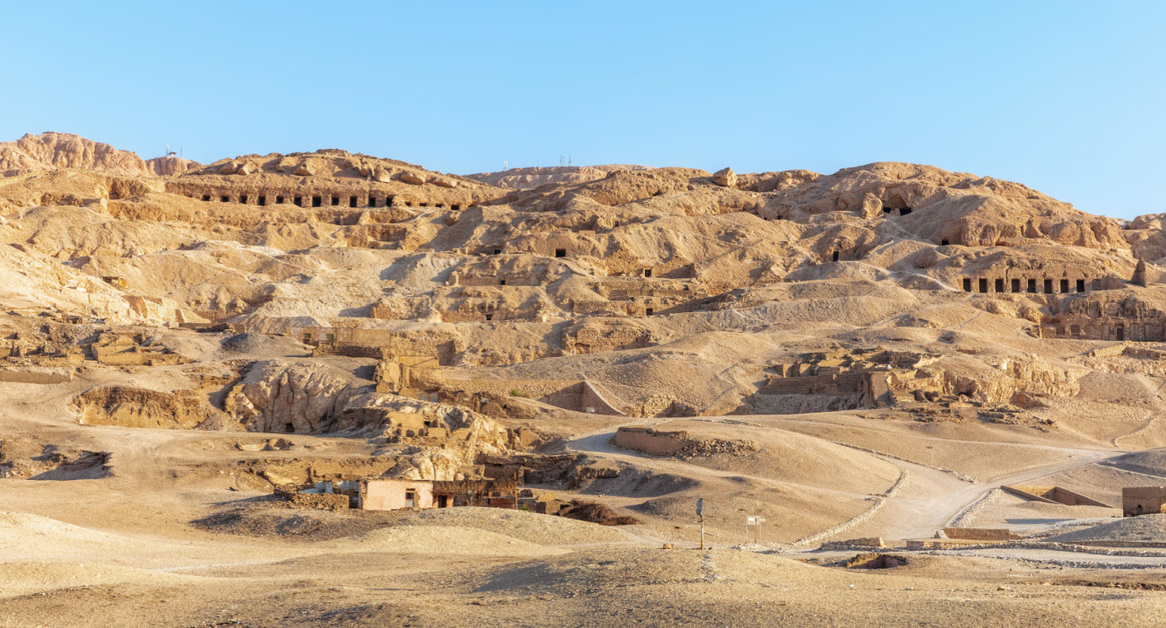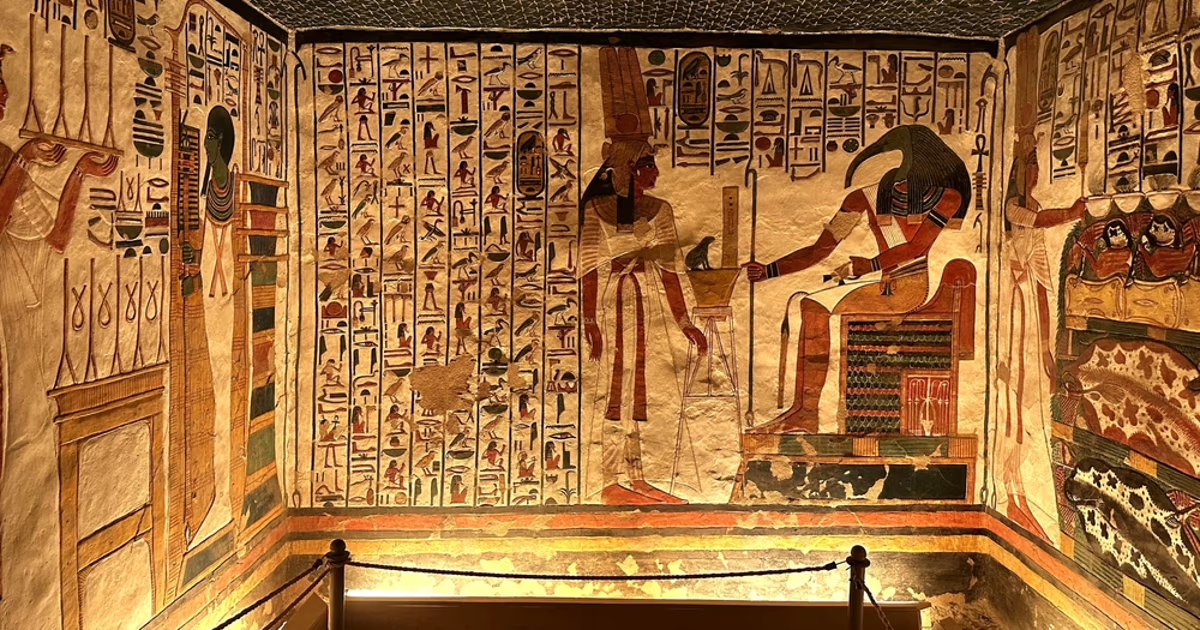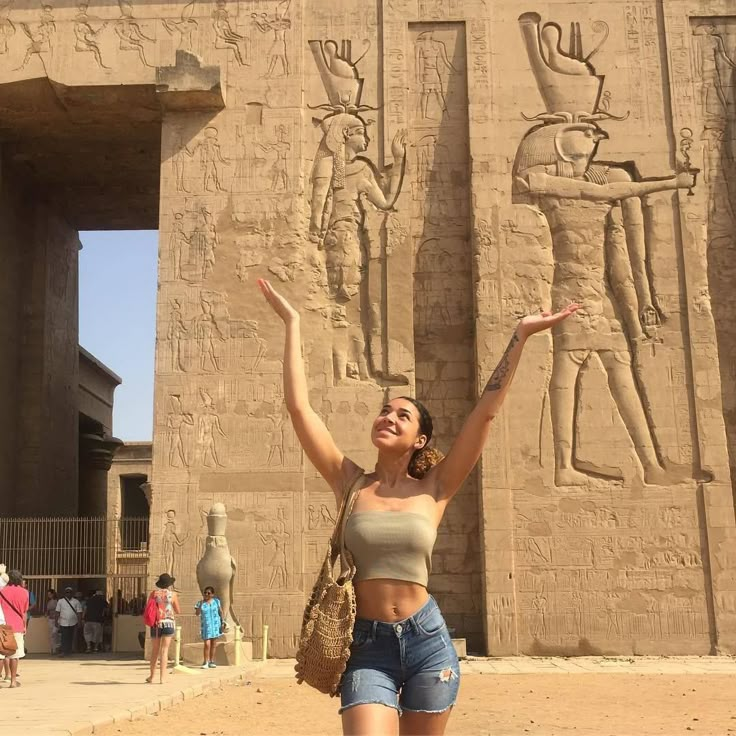Luxor Temple
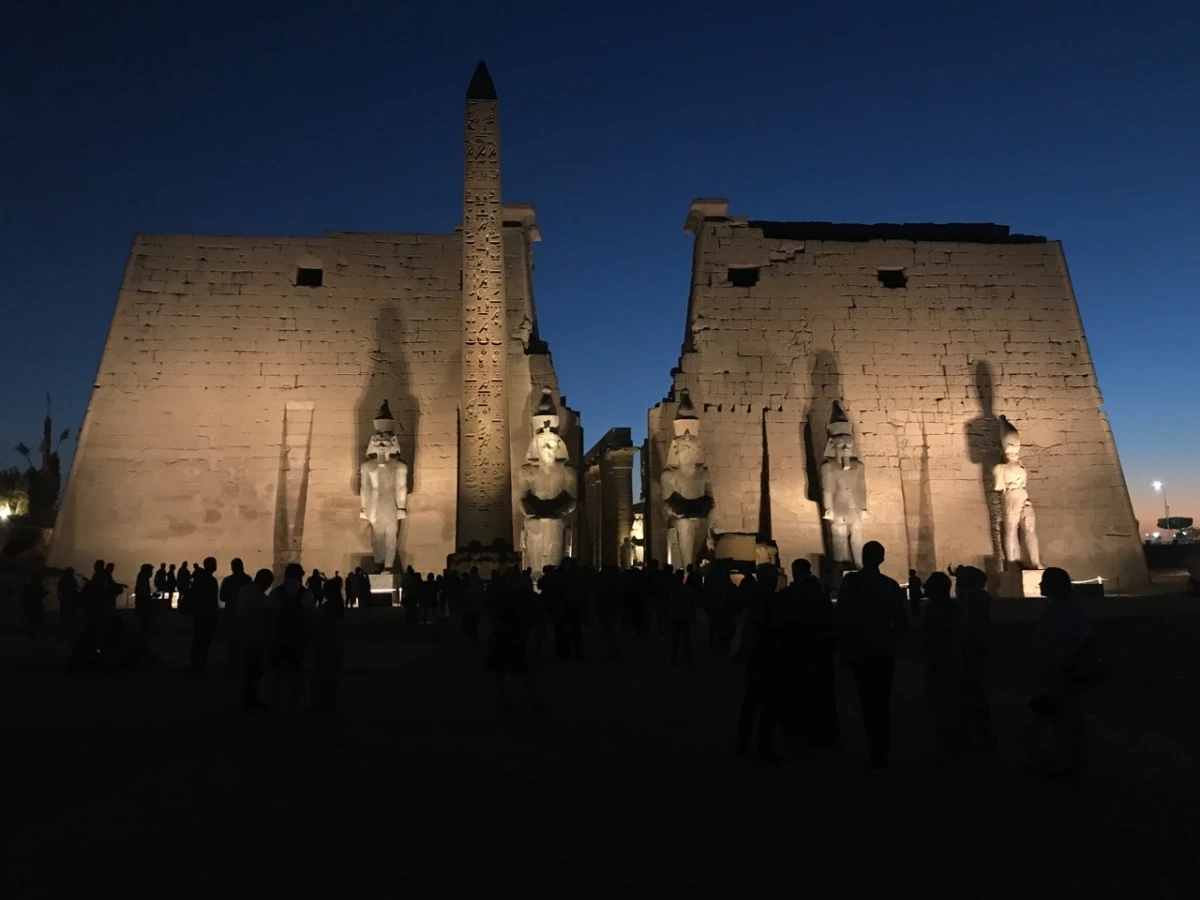
Of all the famous ancient sites, Luxor stands out as a grand monument to Egyptian history and architectural skills. The site is mesmerizing and is filled with an almost magical aura that will stay with you forever.
This travel guide describes the history of Luxor Temple, its architectural details, a comparison between Luxor and Karnak Temples, and some reasons why this spectacular site should be included in any classical Egyptian tour.
History of Luxor Temple
Luxor Temple was established during the New Kingdom, around 1400 BC, mainly by Amenhotep III, though further additions were made by Ramses II. Contrary to the majority of the Egyptian temples constructed for the worship of gods, Luxor Temple was closely associated with the concept of divine kingship; it was the place where pharaohs were crowned throughout the Opet Festival, a great annual festival with renunciation of the power of the king and his relation with the gods.
Over the centuries, various historical transformations have touched upon the temple. In the Roman period, it was used as a military camp and later, some parts of the temple were turned into a mosque-this still exists today. The mélange of ancient and more recent civilizations adds to the grandeur of the historical importance of the Luxor Temple, making it one of the rarest to visit in Luxor.
Luxor Temple Night Visit
One of the magical experiences the temple offers is a night visit where the towering columns and statues are illuminated in splendid evening light. All who experience Luxor Temple after sunset describe it as a journey back in time where the overwhelming grandeur and spiritual charge of this monolith bend upon you like tangible power. The atmosphere at night separates itself from the hustle and bustle of a normal day, enhancing the feeling of awe and endowing the visitor with an almost private experience of this piece of grandeur.
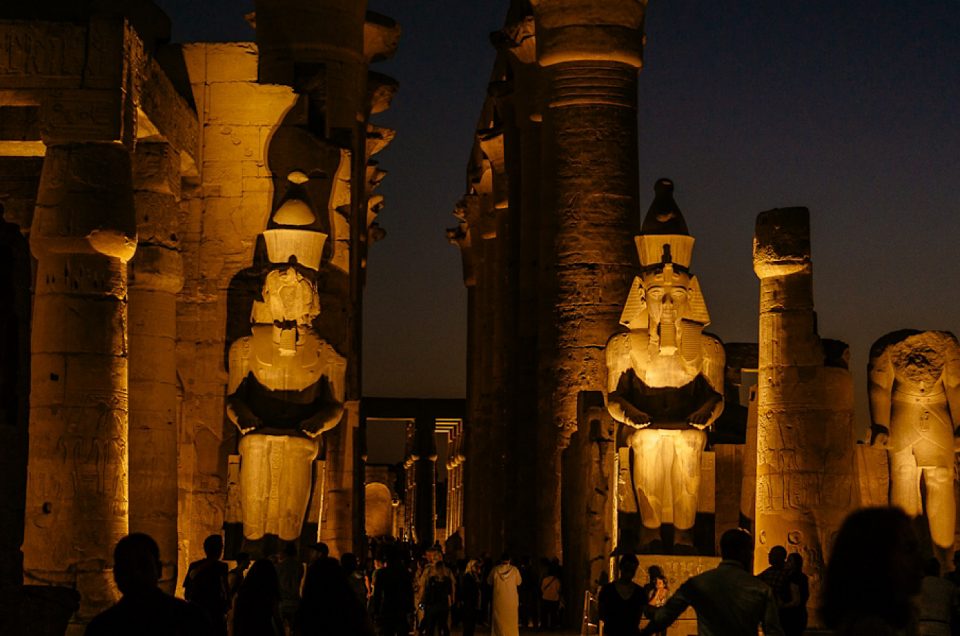
Why Luxor Temple Is A Must-Visit on Your Egypt Trip?
The Luxor Temple is undoubtedly one of the iconic historical landmarks in Egypt and finds a place in every traveler’s itinerary. Here's why this monument deserves your attention:
Architectural Beauty: The temple has large statues, towering columns, and detailed hieroglyphics that make up some of the finest works of ancient Egyptian architecture.
Vivid History: Constructed by Amenhotep III and Ramses II, Luxor Temple was the seat of some important state affairs with the Opet Festival being one of the state functions. The festival has much historical importance tied with the same historic construction, relating to the divine rule of the pharaoh.
Emerged Cultures: The temple grounds have been influenced over the course of its long history by different cultures; Roman chapels stand next to Islamic structures, taking the layers of history that formed Luxor.
Luxor Temple looks even more alluring at night when the dramatic lights set an enchanting mood for an unforgettable experience.
Architectural Wonders of Luxor Temple
Luxor Temple belies the zenith of ancient Egyptian design and scale; the grandiose structures and spectacular carving express the story of an eternal Egyptian legacy. Key highlights include:
The Avenue of Sphinxes: A vast-stretching avenue of sphinxes nearly three kilometers long once used to link Luxor Temple with Karnak Temple. After the recent restoration, it allows the modern visitor an opportunity to traverse the same route traversed by the ancient Egyptians.
The Grand Entrance (Pylon): Set up by Ramses II, the magnificent portal looks down on gargantuan statues of the pharaoh himself. Previously, here had stood two huge obelisks-one of which presently adorns the Place de la Concorde in Paris!
Colossal Statues and Hypostyle Hall: The temple has towering statues of the pharaohs as well as the Hypostyle Hall that is awe-inspiring, packed with huge pillars of magnificent relief.
Chapel of Alexander the Great: This instigates and highlights Greek influence on Egyptian architecture and exhibits ways in which the Luxor Temple underwent modifications through Ancient, Medieval, and Modern times.
These glorified feats make the Luxor Temple a great visit for anyone interested in history or the arts.
Luxor Temple vs. Karnak Temple: Which Will You Go For?
There is always a confusion in a visit whether to see the temp of Luxor or that of Karnak first. Both awe-inspiring in effect but different experiences. Karnak Temple, bigger or the main religious complex of ancient Thebes, is mostly famed for its massive Hypostyle Hall, sacred lake, and various shrines being dedicated to dozens of gods.
Luxor Temple, in contrast, is smaller but rich in history, seen as the venue of royal ceremonies and the Opet Festival. Ideally, travelers should try to visit for both temples, especially since they are linked via the avenues of Sphinxes and are ranked among the best sites of Luxor.
Huge Ever Important Temple of Luxor, providing visitors the taste of an unforgettable experience either during a day-time tour or a magical night visit, remains alive in Egypt. If Egypt is on your bucket, then Luxor Temple will have to be in the list of the highlights of your Luxor tour.
Are You Ready for One of Luxor's Most Beautiful Monuments? Book Your Luxor Tour Now and Witness the Magic of Egyptian History Up Close!
-webp.webp)
-(1)-webp.webp)
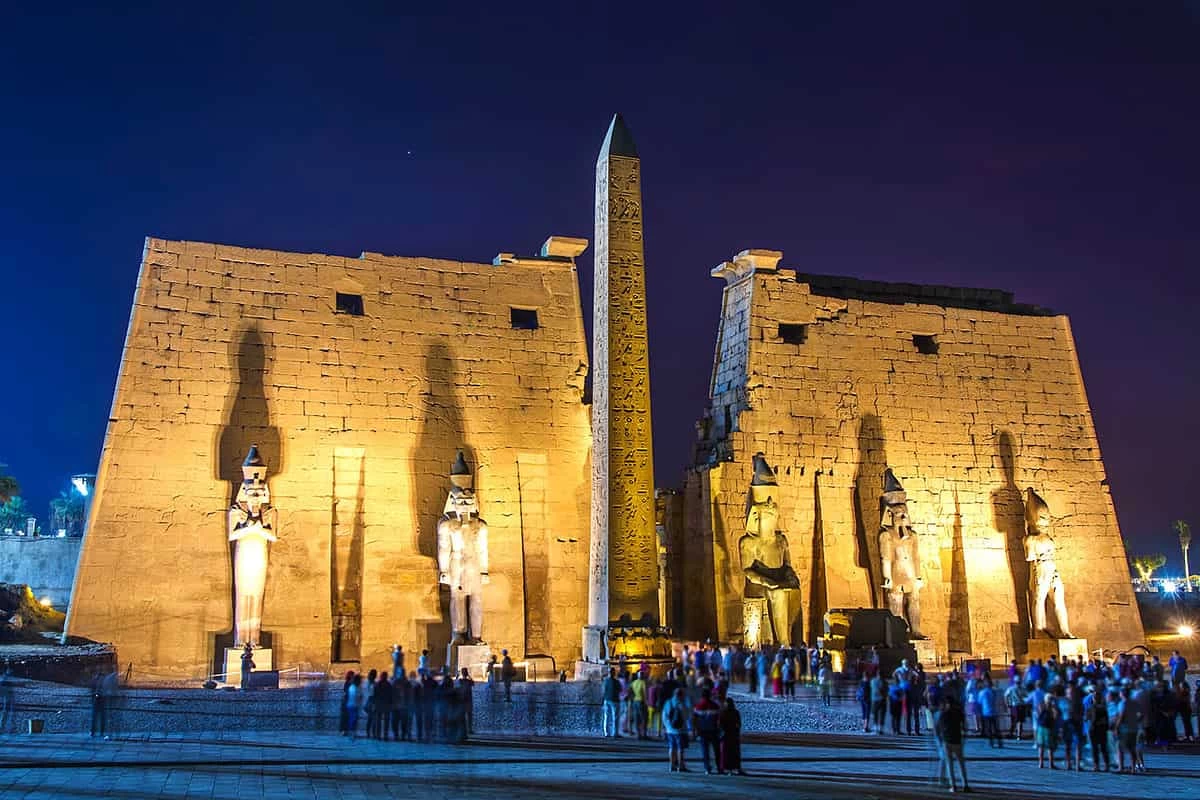


-webp.webp)
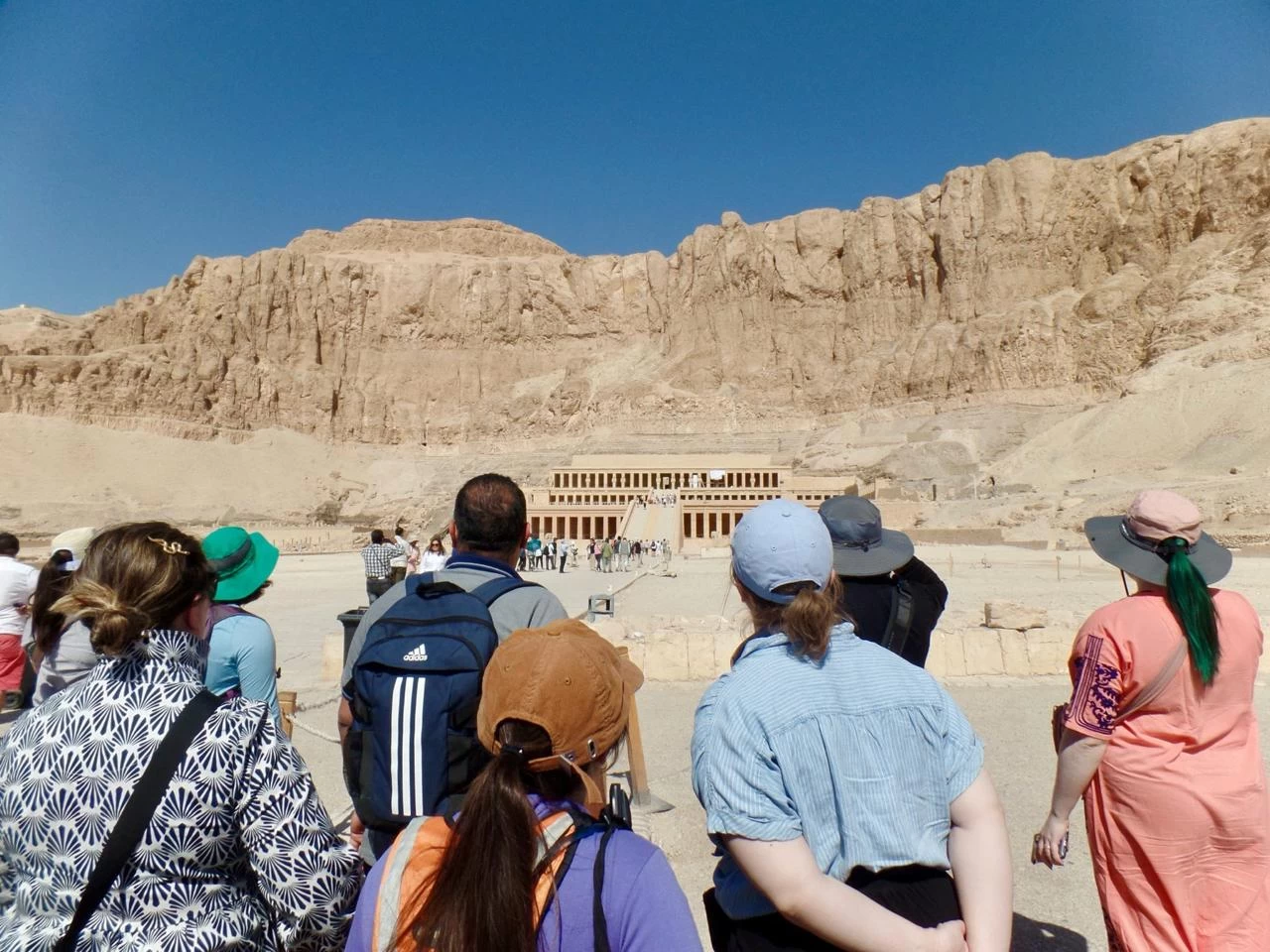
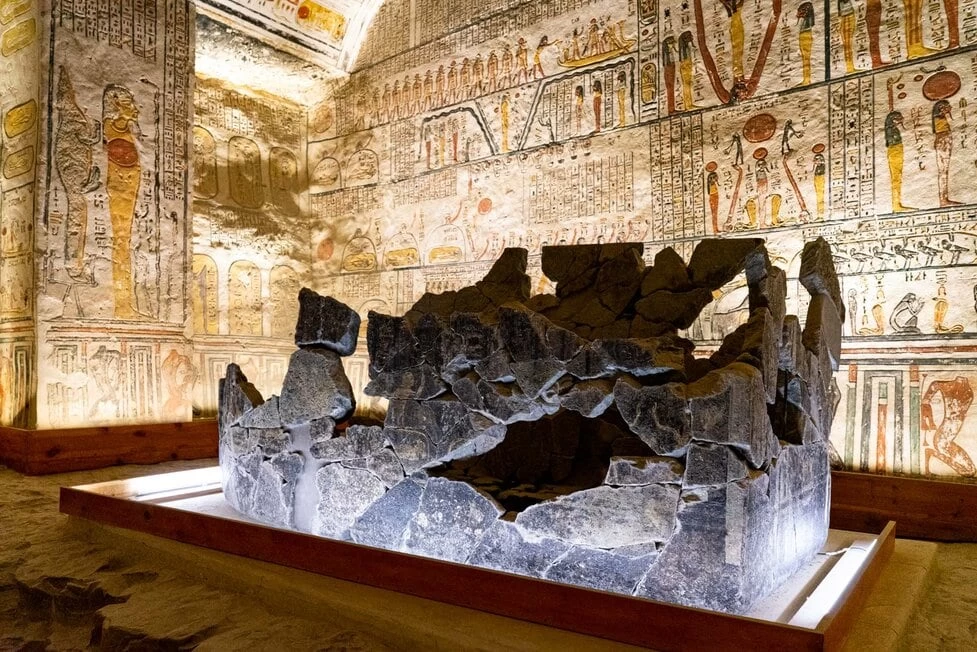
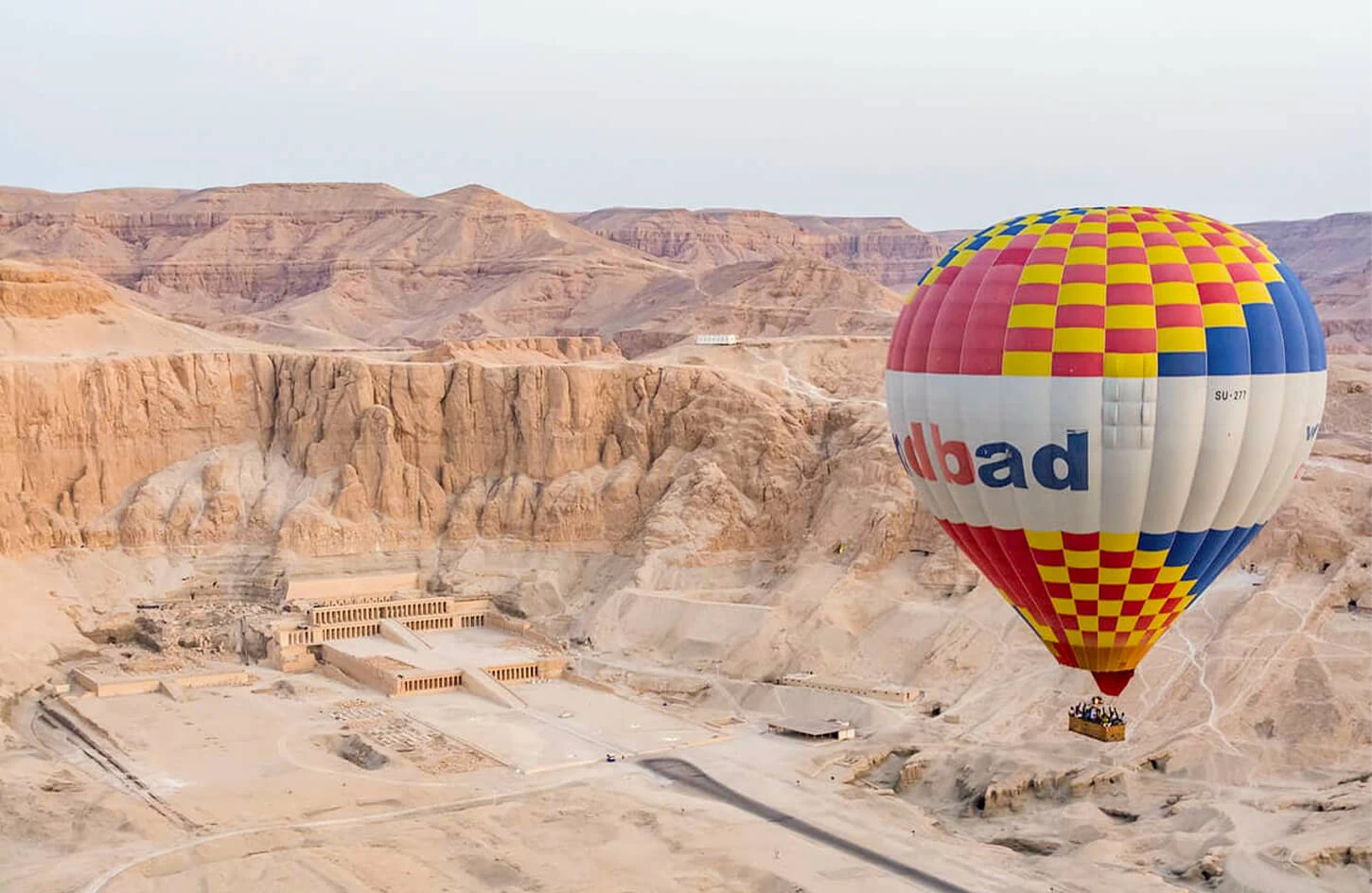
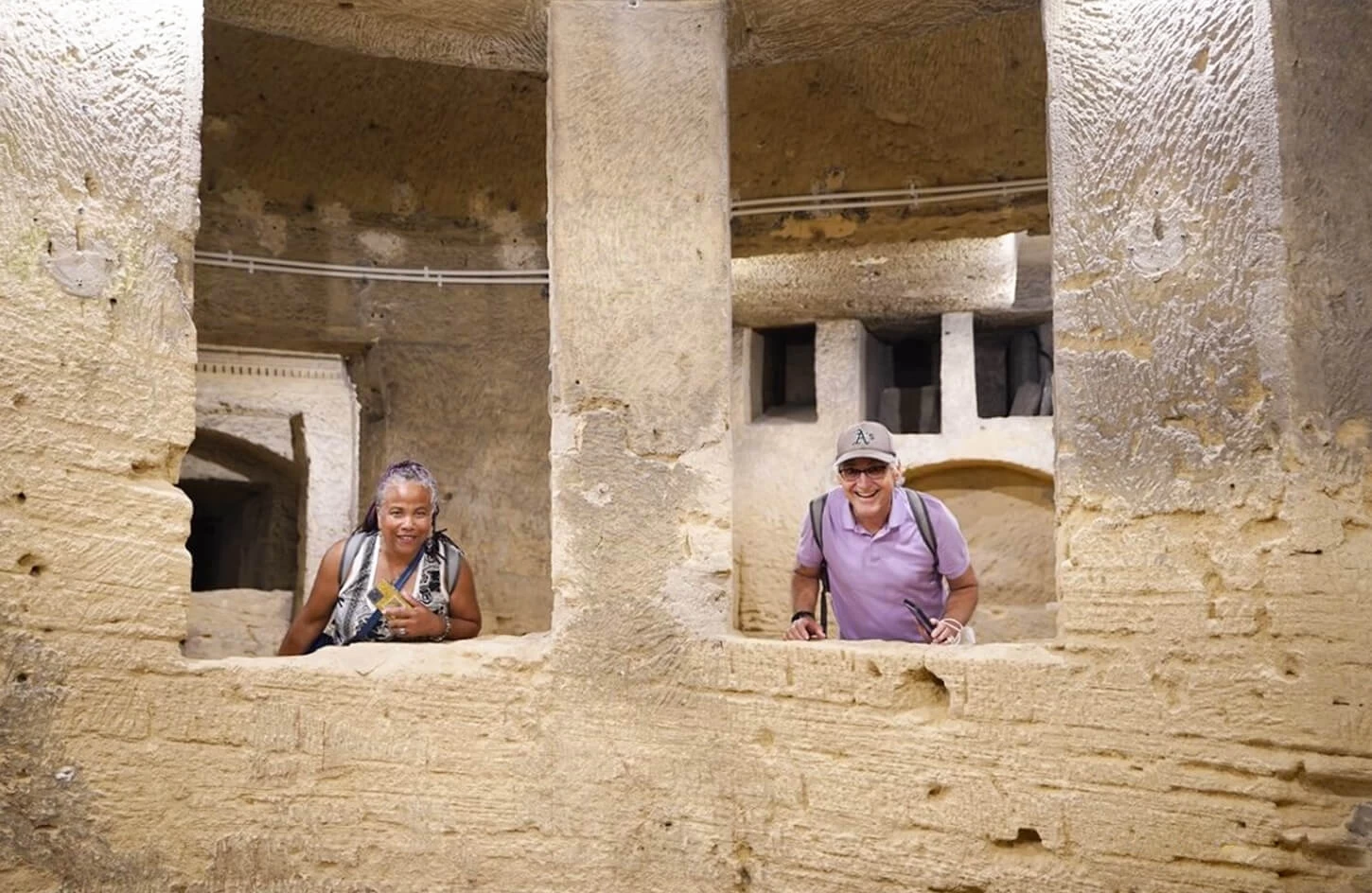

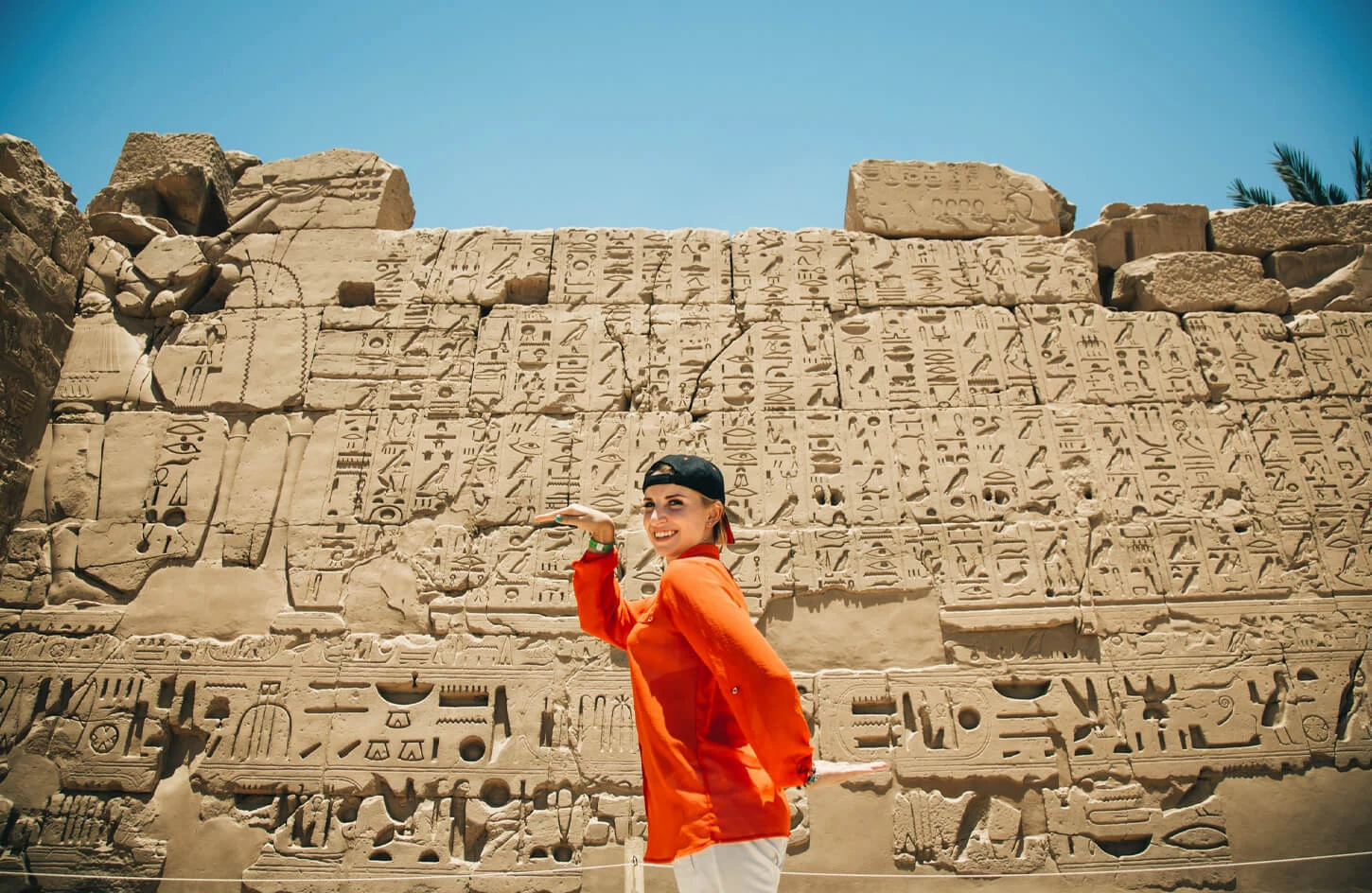

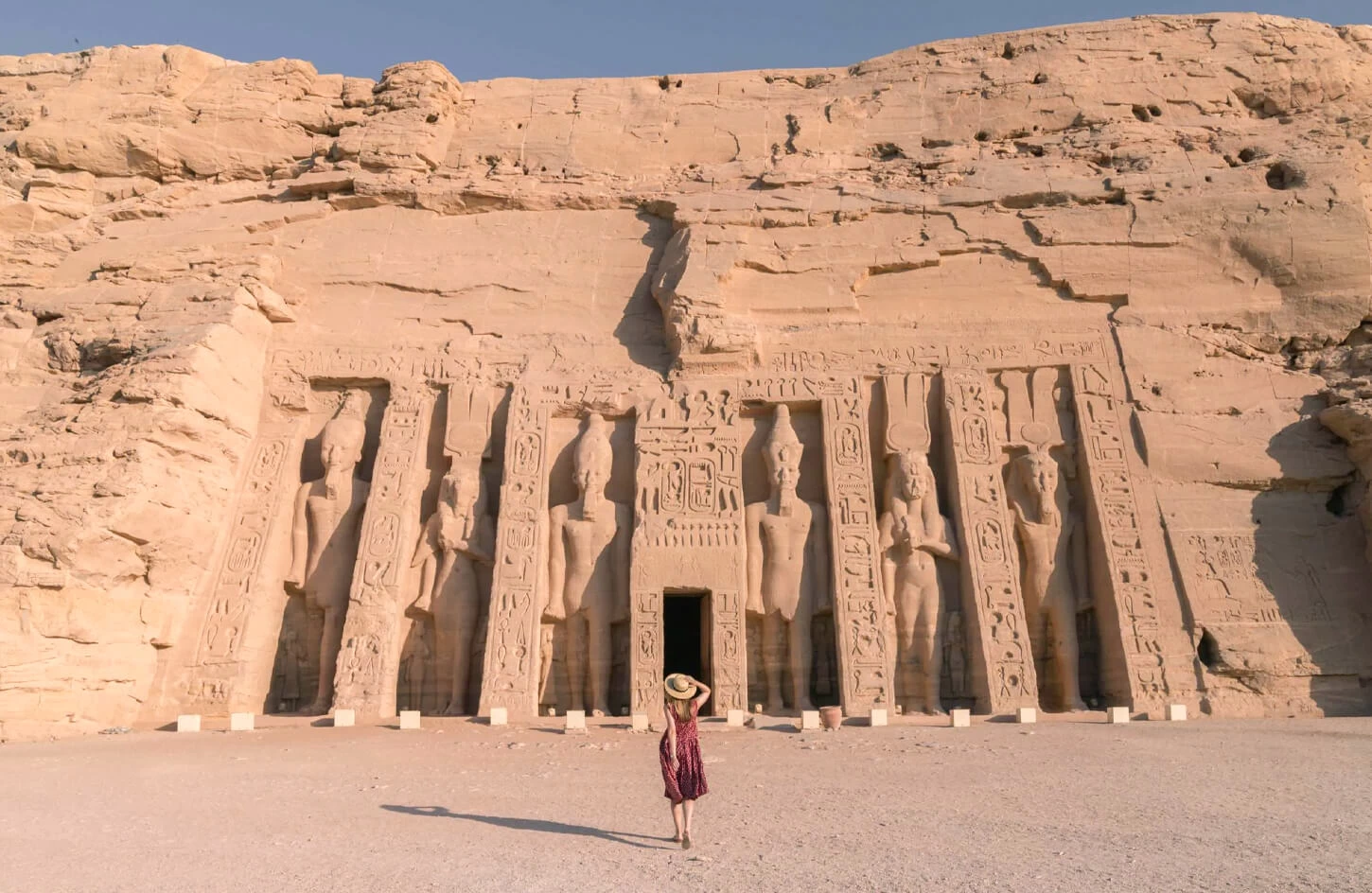

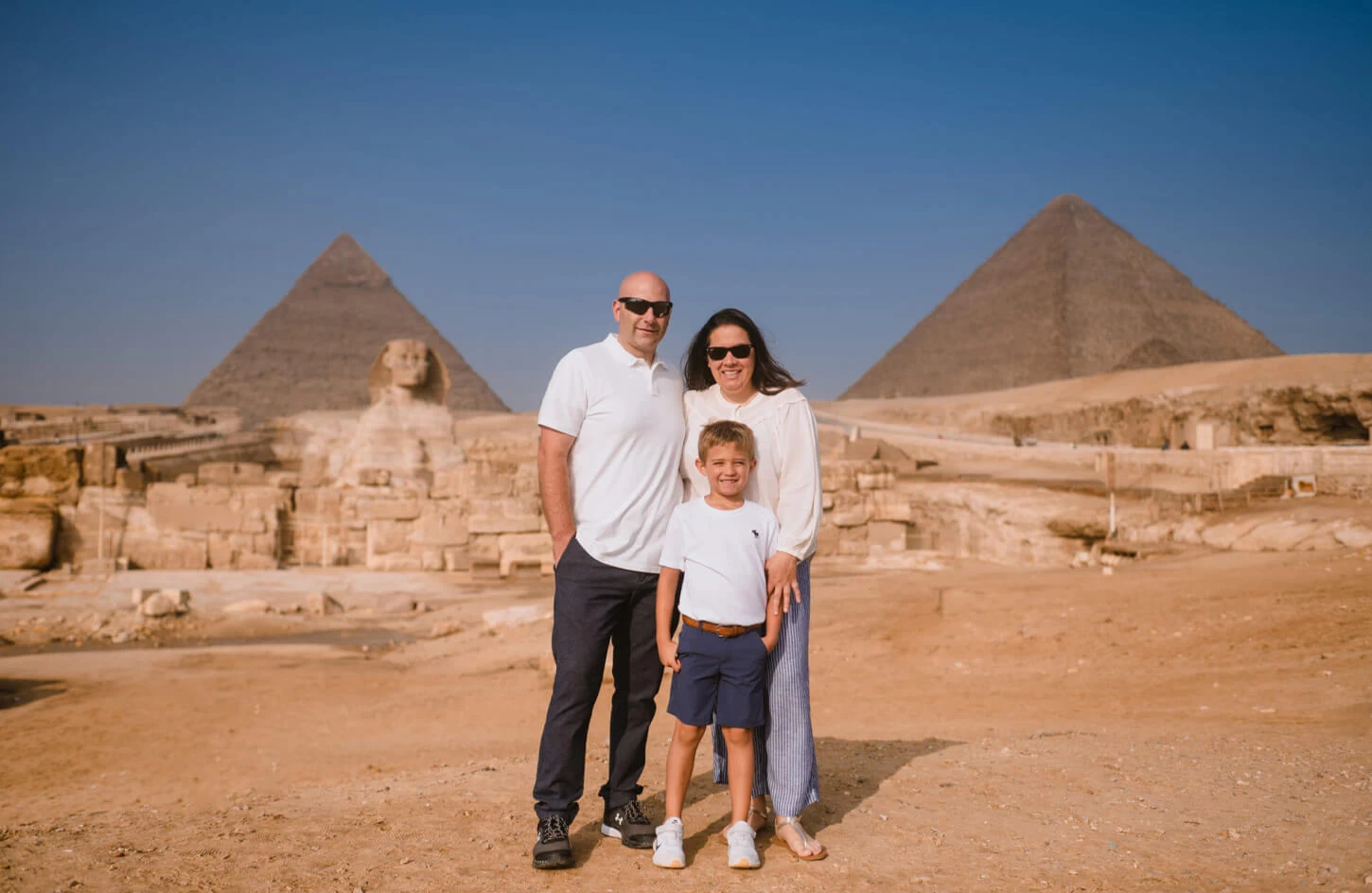

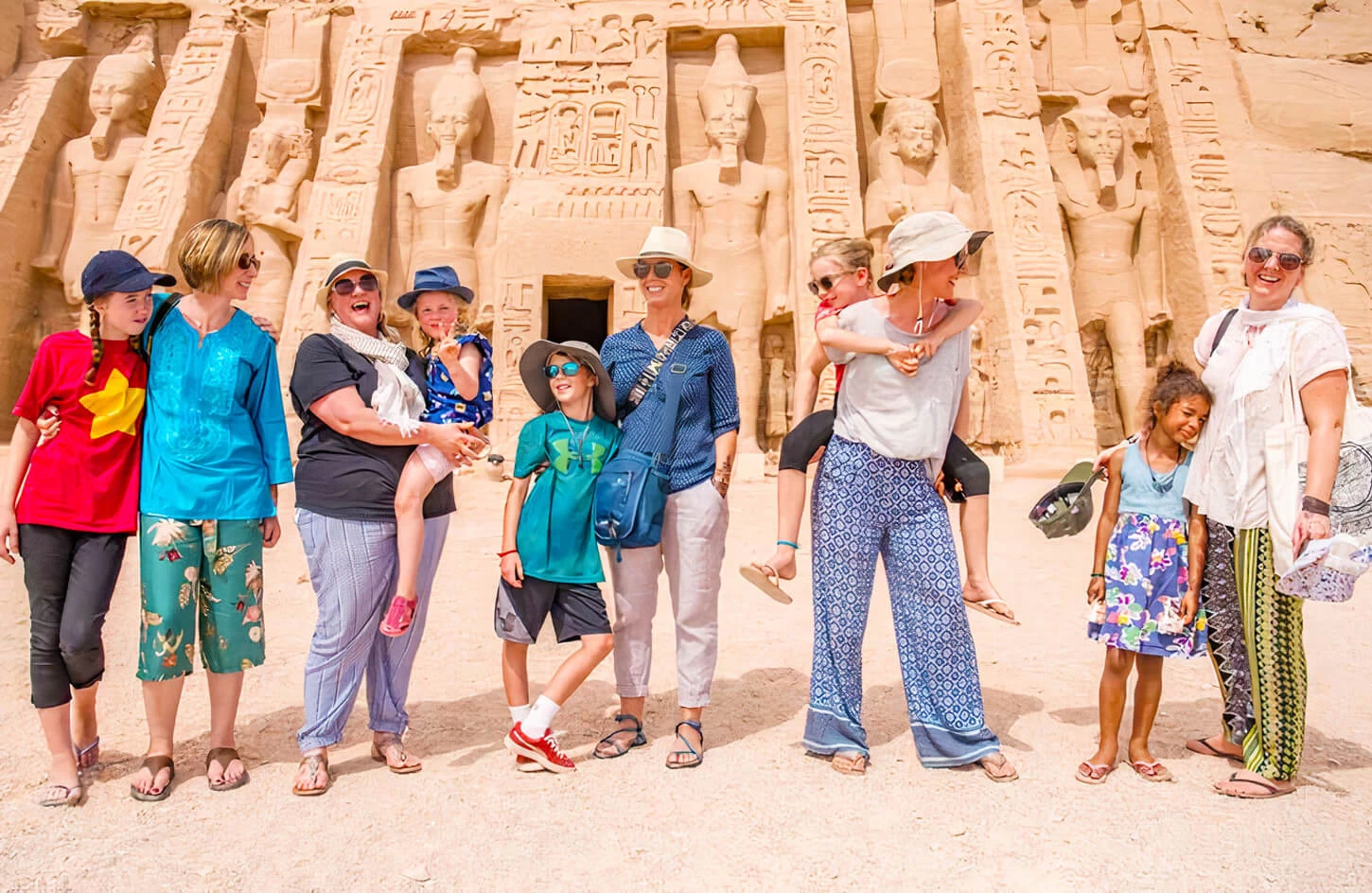
-webp.webp)
